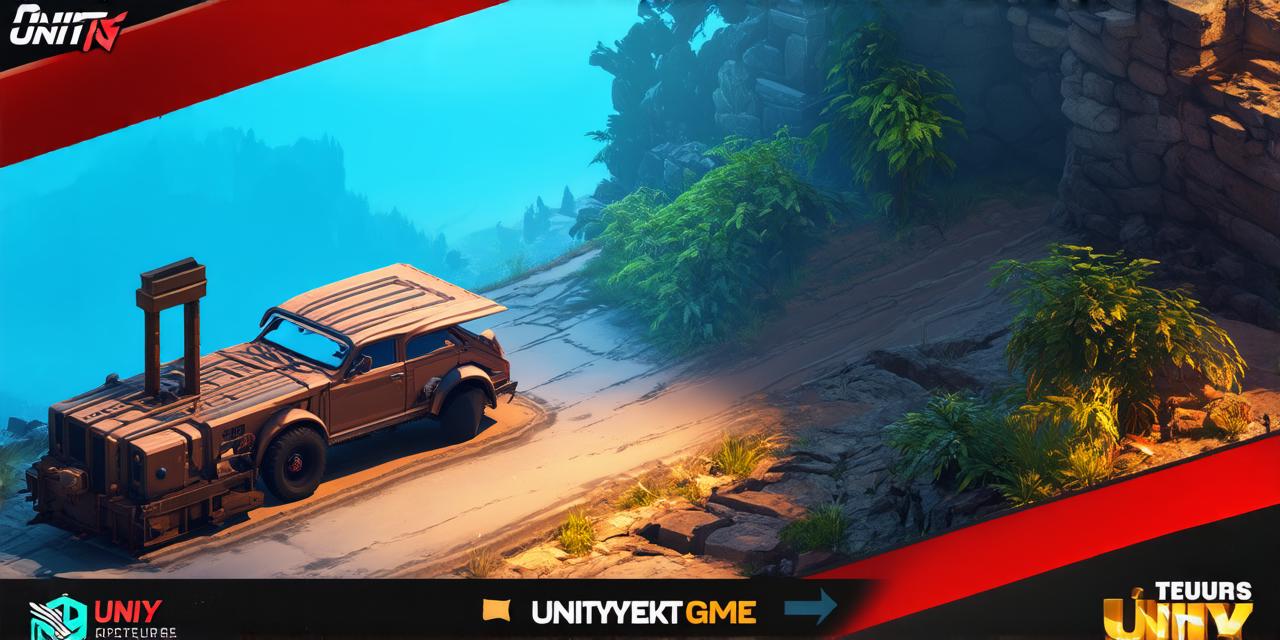
Unity is a powerful tool for creating games of all types, but not everyone knows how to use it effectively. If you’re new to Unity game development, this guide will walk you through the process of creating 2D scenes in a step-by-step manner. From setting up your project to adding interactivity and optimizing your scene for performance, we’ll cover everything you need to know to create engaging and interactive 2D scenes that will enhance your game’s overall experience.
Now, let’s get started with the step-by-step process!
Step 1: Set Up Your Unity Project
Before you start creating your 2D scene, it’s important to set up a new Unity project. To do this, follow these steps:
- Open Unity and create a new project by selecting “Create” from the top menu and then choosing “Project.”
- In the “New Project” window, select “2D” as the template type and give your project a name. You can also choose a location to save the project files.
- Click “Create Project” to create your new Unity project.
Step 2: Create Your 2D Scene
Now that you have your project set up, it’s time to start creating your 2D scene. Here are the steps to follow:
- In the “Hierarchy” view, right-click and choose “UI” > “Sprite Renderer.” This will add a new Sprite Renderer component to your scene.
- Select the Sprite Renderer component in the “Inspector” view and click on the “Sprite” dropdown menu. From here, you can select the image or texture that you want to use for your 2D scene.
- Once you’ve selected your image, you can adjust the size and position of the Sprite Renderer by dragging and dropping it in the “Scene” view. You can also add additional UI elements such as buttons, sliders, and text fields to your scene.
- To create a background for your 2D scene, you can use a “Sprite Renderer” component and select an image that covers the entire screen. You can then adjust the size and position of the Sprite Renderer to fit your desired background.
- Finally, you can add any other necessary elements to your 2D scene, such as particle effects or animations.
Step 3: Add Interactivity to Your Scene
Now that you have your 2D scene set up, it’s time to add some interactivity! Here are the steps to follow:
- In the “Hierarchy” view, right-click and choose “UI” > “Button.” This will add a new Button component to your scene.
- Select the Button component in the “Inspector” view and click on the “On Click” dropdown menu. From here, you can select a script that will be triggered when the button is clicked.
- Create a new script by right-clicking in the “Project” window and selecting “Create” > “C Script.” Name the script something descriptive, such as “ButtonScript.”
- In the “ButtonScript” script, you can add code to execute whatever action you want to happen when the button is clicked. For example, you could change the visibility of another UI element or play a sound effect.
- Once you’ve added your interactivity, you can test it by clicking on the button in the “Scene” view. If everything is set up correctly, the action should be triggered as intended.
Step 4: Optimize Your 2D Scene for Performance
When creating 2D scenes in Unity, it’s important to optimize them for performance to ensure a smooth gameplay experience. Here are some tips to follow:
- Keep your 2D scene as simple as possible by removing any unnecessary elements or textures that aren’t essential to the scene.
- Use sprite sheets instead of individual images for multiple small objects in the scene, as this can significantly reduce loading times and improve performance.
- Use LOD (Level of Detail) for your 2D objects, which allows you to switch between different levels of detail depending on how far away the object is from the camera. This can improve performance by reducing the number of polygons that need to be rendered.
- Enable compression for your textures to reduce their file size and improve loading times.
- Use caching to store frequently accessed data in memory, which can significantly improve performance by reducing the number of disk reads required.


